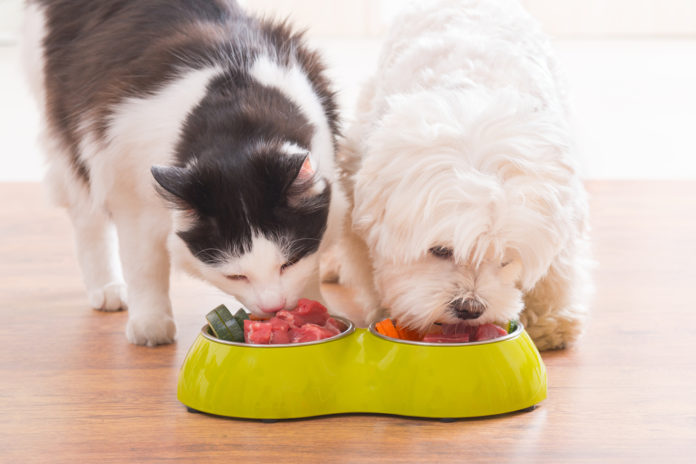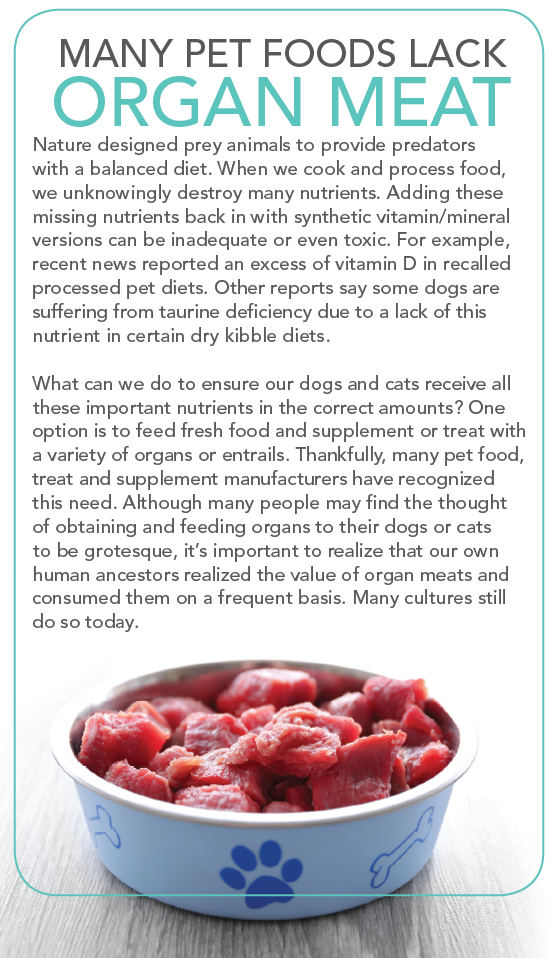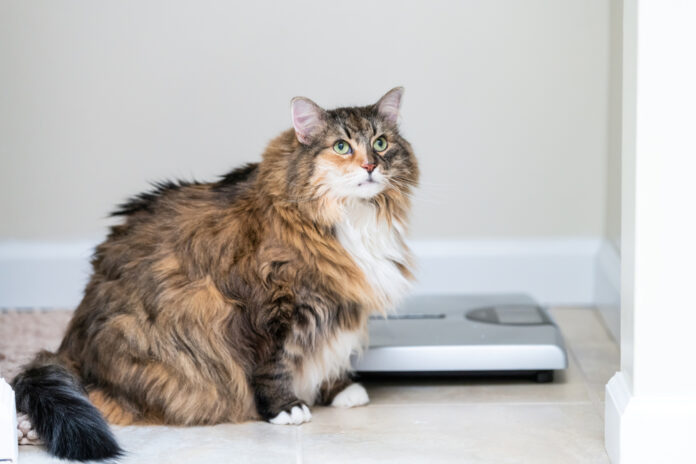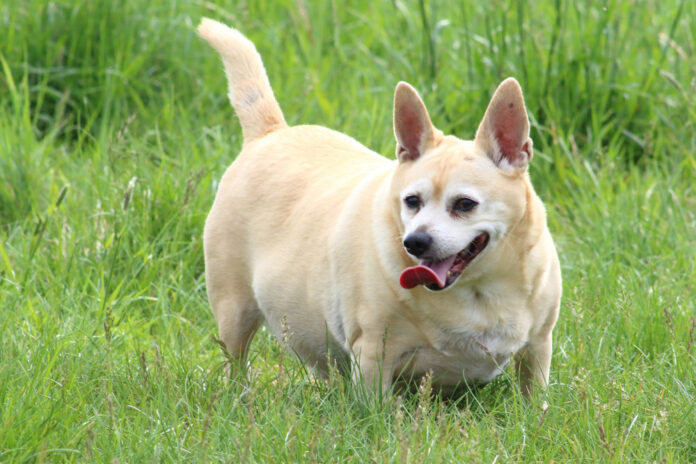Organ meats — superfoods for dogs and cats

Packed with vital nutrients, organ meats such as liver, kidney and heart can add a rich array of health benefits to your animal’s diet.
In the wild, a carnivore receives balanced nutrition by consuming a prey animal. Inside that rabbit, squirrel or mouse are naturally-balanced proportions of flesh, bones, pre-digested vegetation — and organs. The latter provide a necessary array of nutrients for dogs and cats, yet the diets we feed our companion animals often contain a limited quantity of organ meat. Truth is, organ meats can be considered superfoods for our animal companions, and adding them to the diet can enhance their health in many ways.
 1. Liver
1. Liver
Liver is one of the most commonly-fed organs, perhaps because it is the most readily available. The liver often receives a bad reputation as food because it is a detoxification organ. Studies prove that the liver is a filter. It does not store toxins. There are no more toxic residues left in the liver than in the kidneys or muscles when analyzed post-mortem.
The liver provides a whole-food source of vitamins A, D, E and K — all the important fat-soluble vitamins. Studies show that dogs and cats have as many or more toxins in their systems as their human counterparts in the same home and environment. The livers in these animals need help with detoxification. Many are born with liver diseases that compromise their ability to detox, and many others develop liver disease, even cancer, as they age. Add liver, obtained from young animals, as an adjunct to a fresh, healthy and complete diet.
2. Heart
The heart is high in an amino acid called taurine. This nutrient is vital to proper heart function but is destroyed in the heating process. Interestingly, taurine levels are highest in the heart muscles of mice, which means the species most profoundly affected by dietary taurine deficiency is the feline. Cats that eat diets lacking in taurine succumb to a disease called dilated cardiomyopathy.
Heart is also the best food source of CoQ10, an enzyme important for energy balance and preventing oxidative stress. Many patients with chronic conditions are deficient in CoQ10 and have mitochondrial damage. Mitochondria are the furnaces in your pet’s cells. Bison, venison and beef hearts are some of the best sources of CoQ10. Many scientists now believe that mitochondrial malfunction is the underlying cause of cancer.
Heart is also the best food source of CoQ10, an enzyme important for energy balance and preventing oxidative stress.
In addition, heart is a source of iron, zinc, selenium and B vitamins, and is considered a superfood because it contains these important nutrients. It is vital that heart, with all its diversity of nutrients, be included in the carnivore diet.
 3. Stomach (tripe)
3. Stomach (tripe)
Tripe is the lining of a ruminant’s stomach. It might come from beef, lamb or venison. The organ takes on the odor of the animal’s ingesta or stomach contents (the “cud”), a churned, fermented herbaceous and grassy food material. Green tripe is rich in healthful probiotics, which are vital to a healthy microbiome and immune system.
Keep in mind that this benefit is lost when tripe is canned or dried. Tripe’s strong odor and delicious flavor appeal to carnivores, increasing palatability when it’s mixed with other foods. Use this trick to get your picky pet to eat better, or to disguise the odor of supplements or medications you may have added to the food.
4. Kidney
Kidney contains an incredible amount of protein and folate. It’s nutrient dense, like liver. Beef and lamb kidneys are commonly available. Grass-fed beef or lamb kidney fat contains anti-inflammatory Omega 3 fatty acids. Many dogs and cats develop kidney disease as they age. Perhaps this is an organ you should add to your companion’s bowl!
5. Brain
Predators in the wild often consume the skull, brain and spinal cord tissue of their prey. While brain from venison may contain prions that can cause chronic wasting disease, and neurologic tissue from cows may cause a similar condition (commonly called Mad Cow Disease), many reputable pet food manufacturers include the safer porcine source of pig brain in their products. This dietary addition may be used to prevent or manage neurologic disorders by providing unique nutrients that feed the nervous system.
Many naturopaths and holistic veterinarians believe that organ meats or body tissues can be matched to an individual to prevent or treat disease.
6. Ovaries, testes, uterus
Do we really believe there are no adverse consequence to routinely removing these reproductive organs from our dogs and cats, even at a very early age? Consider adding these organs to your animals’ meals. It may provide natural replacement hormones to manage common problems such as spay incontinence, or more serious problems such as cancer (neutering has been correlated with an increased incidence of osteosarcoma or bone cancer in large breed dogs).
We consider kale, spinach and mushrooms to be superfoods, but for our carnivorous companions, organs are superfoods! Each species, breed and individual has specific and unique dietary needs, but by incorporating the right organs into your dog or cat’s diet, you’re adding a big boost of flavor and nutrition to his meals.




